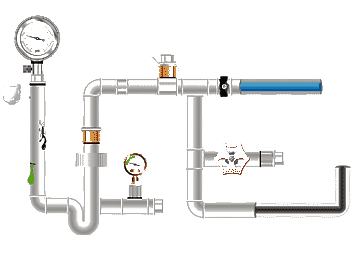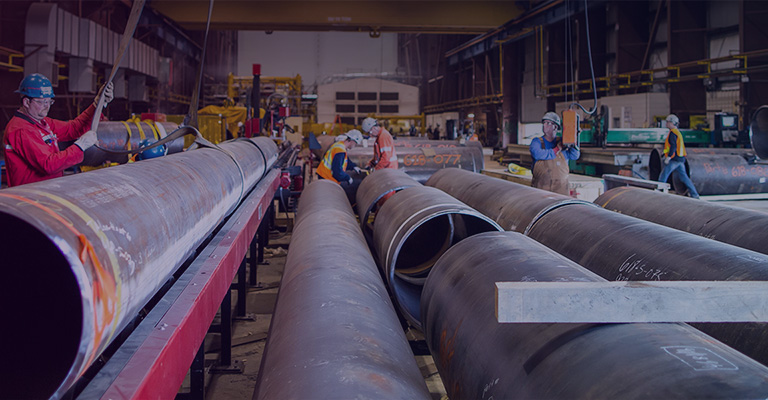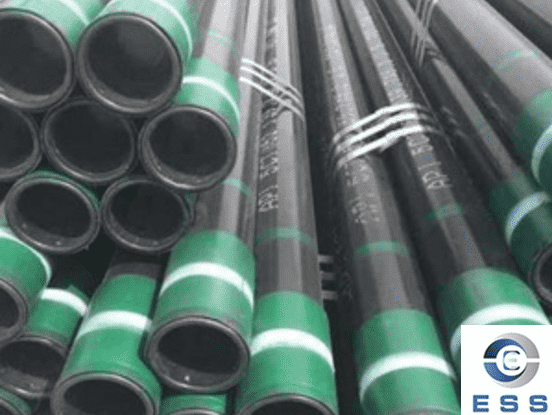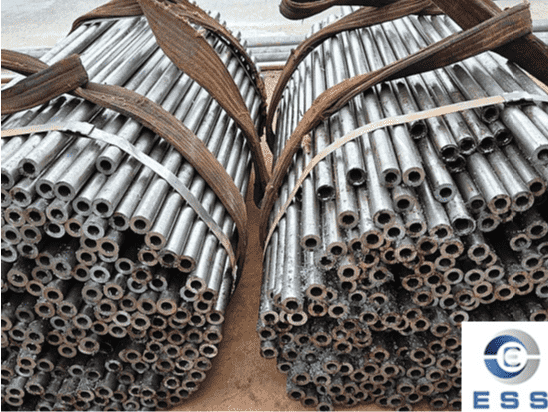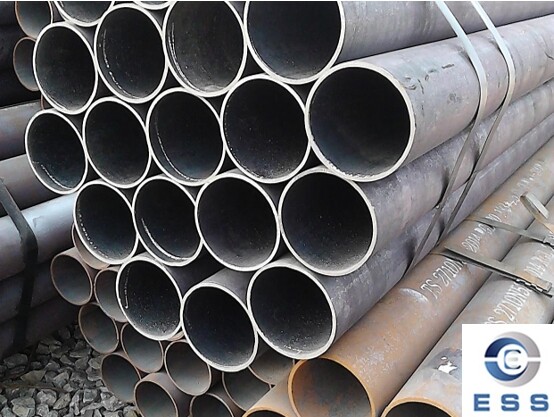Materials of pup joints
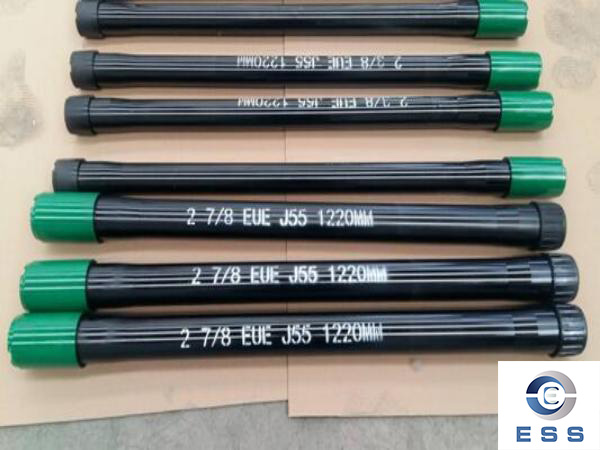
Pup joints are short pipe sections used in oil and gas drilling to accurately adjust the length of casing and tubing strings. The materials of the pup joints can vary, depending on the application requirements and environmental conditions. Here are some common pup joint materials and their characteristics:
API 5CT steel grade material
API5CT pup joints are commonly made of materials such as J55, K55, N80Q, L80, and P110, which meet the requirements of high strength and corrosion resistance in the oil industry.
The American Petroleum Institute (API) specifies its standardized material grades to provide the required strength and pressure capabilities. The two most commonly used grades are J55 and L80, which correspond to minimum yield strengths of 55,000 psi and 80,000 psi, respectively.
J55 Pup Joints
The J55 grade designation indicates that the pup joint material has a minimum yield strength of 55,000 psi (in accordance with API standards). J55 is a medium-strength carbon steel alloy commonly used in oil country tubular goods pipe(OCTG pipe) such as casing. It offers an optimal combination of strength, toughness and cost-effectiveness.
J55 pup joints are typically used in shallow to medium depth wells or low-pressure applications where high strength is not required. They are made from hot rolled or electric resistance welded (ERW) J55 steel in a variety of ODs. J55 allows for basic, low-cost joint construction while meeting basic performance needs.
J55 has good ductility compared to higher grade materials, which improves resistance to shock and impact during installation. It is not susceptible to hydrogen-induced cracking, which can cause catastrophic failure. The medium strength grade allows for flexible storage, handling and rig operation. J55 pup joints can be easily connected with J55 couplings or other matching connections.
L80 pup joints
The L80 coupling material grade indicates a minimum yield point of 80,000 psi (per API specifications), a 45% increase over J55. Higher strength enables L80 to withstand greater internal pressures, tensile loads, and burst forces for demanding applications. It is alloyed with chromium, molybdenum, and other elements to improve performance.
L80 pup joints are suitable for medium-depth well sections below 10,000 feet where high temperatures and pressures require increased strength. Compared to J55, L80 allows for thinner wall thicknesses, providing additional inside diameter for production. It has excellent toughness at cryogenic temperatures to resist cracking.
The fine-grained microstructure produced by thermomechanically controlled processing (TMCP) maximizes the strength of L80 pup joints. Care must be taken during handling and storage to avoid dents or other mechanical damage that can reduce integrity. Installation procedures should minimize scraping or gouging of the threads. Overall, L80 provides excellent performance when higher loads and pressures are expected.
Comparison between J55 and L80
The main trade-off between J55 and L80 pup joints is strength versus cost. J55 is 20-30% less expensive due to lower alloy content, lower manufacturing strength, and more relaxed processing standards. It may be adequate for shallower, less demanding well environments. In contrast, L80 has higher alloy input and processing costs, but can enable deeper, higher pressure well designs.
J55 has acceptable ductility, while L80 has excellent toughness in high-strength applications. L80's superior corrosion resistance extends service life, thereby reducing long-term replacement and maintenance costs. Operators must balance these factors with budget when selecting the best nipple grade for a specific well trajectory and life requirements.
Proper grade matching helps ensure safe, reliable, and cost-effective drilling operations.
Stainless steel material
Stainless steel pup joint has good corrosion resistance. Common stainless steel materials include:
SS304: widely used in food, chemical, medical equipment and other fields, with good corrosion resistance and processing performance.
SS316: Contains molybdenum, has better corrosion resistance and high temperature performance, suitable for strong corrosive environments such as marine and chemical.
SS316L: It is a low-carbon version of 316 stainless steel, with better processing and welding performance, suitable for occasions with high corrosion resistance requirements.
SS321: Contains titanium, has good corrosion resistance and high temperature performance, suitable for high temperature environment.
SS347: Contains niobium, has good corrosion resistance and high temperature performance, suitable for high temperature and strong corrosion environment.
Alloy steel material
In some special environments, it may be necessary to use a pup joint made of alloy steel to provide additional strength and corrosion resistance.
Other special materials
According to specific industrial applications and environmental requirements, the pup joint can also use special stainless steel materials such as duplex stainless steel and super duplex stainless steel to adapt to a wider range of uses.
When selecting the material of the pup joint, factors to be considered include the chemical properties, temperature, pressure and expected service life of the medium in the pipeline system. The correct material selection can ensure the reliability and safety of the system.









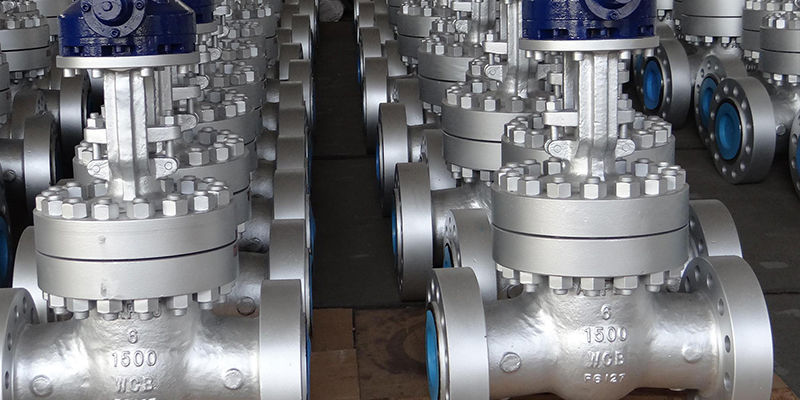



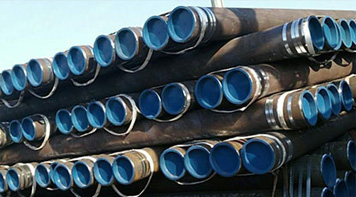 Eastern Steel Manufacturing Co.,Ltd not only improve product production and sales services, but also provide additional value-added services. As long as you need, we can complete your specific needs together.
Eastern Steel Manufacturing Co.,Ltd not only improve product production and sales services, but also provide additional value-added services. As long as you need, we can complete your specific needs together.
